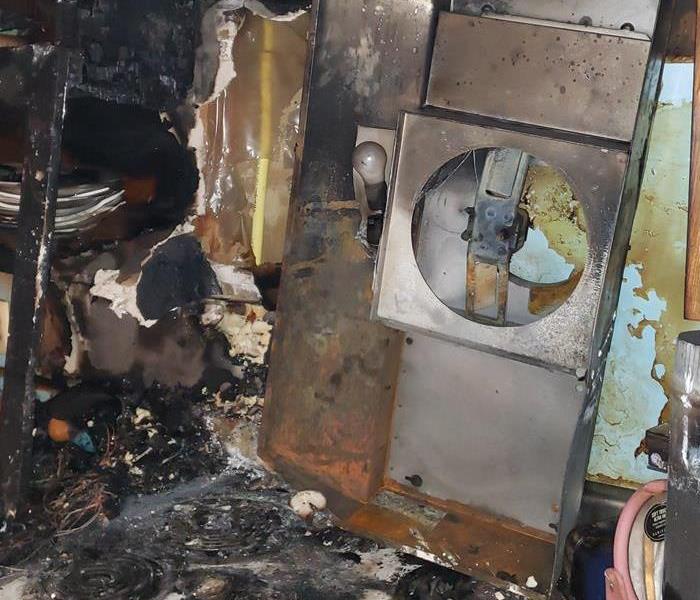October is Fire Prevention Month! Do You Have A Plan?
10/1/2019 (Permalink)
- In 2014, fires caused 2,745 deaths, 11,825 injuries, and $6.8 billion in property damage.
- Three out of five house fire deaths happen in homes with no or non-working smoke alarms.
- Working smoke alarms cut the risk of dying in half in reported home fires.
- In fires large enough to activate the smoke alarm, hardwired alarms operated 94% of the time, while battery powered alarms operated 80% of the time.
- When smoke alarms fail to operate, it is usually because batteries are missing, disconnected, or dead.
- One quarter of house fire deaths start in the bedroom. Another quarter start in the living room, family room or den.
- One third of surveyed respondents thought they would have at least 6 minutes before a fire in their home would become life-threatening. The time is often much less. Only 8% said their first thought on hearing a smoke alarm would be to get out.
CAN YOU EXIT IN UNDER 2 MINUTES?
Fire experts agree, people have as little as 2 minutes to escape a burning home before it's too late to get out. Increase your chance of surviving by ensuring you have working smoke detectors in place, building an escape plan, and then practicing the plan. The following are a few suggestions to help you develop an emergency escape plan.
- Draw a mapof each level of your home and show all doors and windows. Find two ways to get out of each room. Make sure all doors and windows that lead outside open easily.
- Consider escape laddersfor sleeping areas on the 2nd and 3rd floors. Store them near the window where they will be used.
- Choose an outside meeting placea safe distance in front of your house. Make sure to make the location of the meeting place on your escape plan.
- Teach childrenhow to escape on their own in case you cannot help them. Plan for everyone in your home with special considerations for elderly or disabled individuals.
- Practice your fire escape planduring the day and nighttime.
Escape Planning for Your Business
Occupational Safety and Health Administration (OSHA) recommends building an emergency action plan to protect yourself, your employees, and your business during an emergency. OSHA suggests the following steps when developing such a plan:
- Organize an Emergency Preparedness Procedures review with employees to go over your company's emergency plan.
- Once a plan is developed, post evacuation procedures, including routes and exits where they are easily accessible to all employees. Ensure all exits and routes are clearly marked and well lit, wide enough to accommodate the number of evacuating personnel, and unobstructed and clear of debris always.
- Conduct office evacuation exercises and drills. Designate a safe spot outside of the facility where employees can regroup, recover and conduct a headcount.
If your home or office suffers from a fire, call the professionals of SERVPRO of Metrocrest (972) 233-8400.






 24/7 Emergency Service
24/7 Emergency Service
